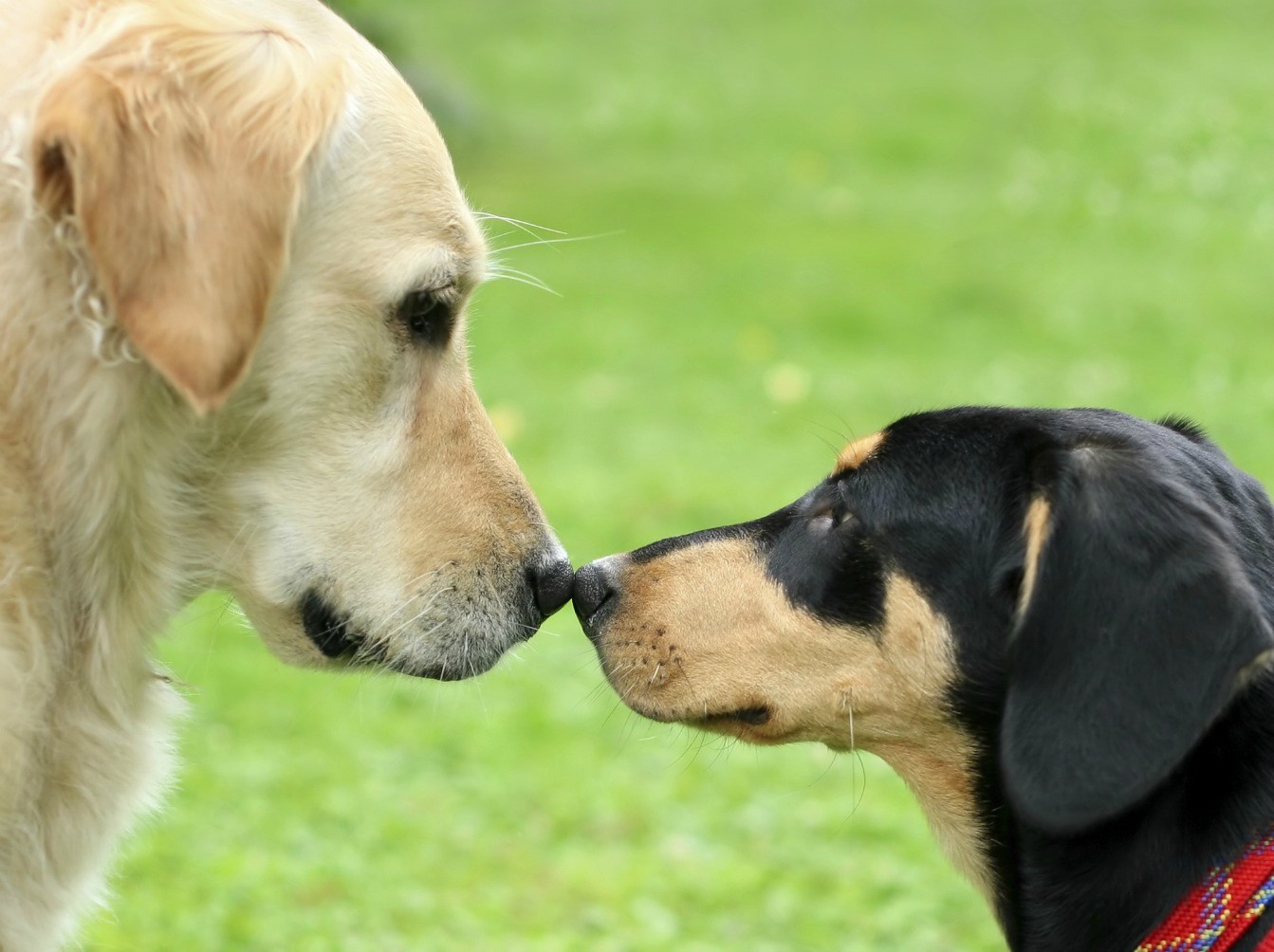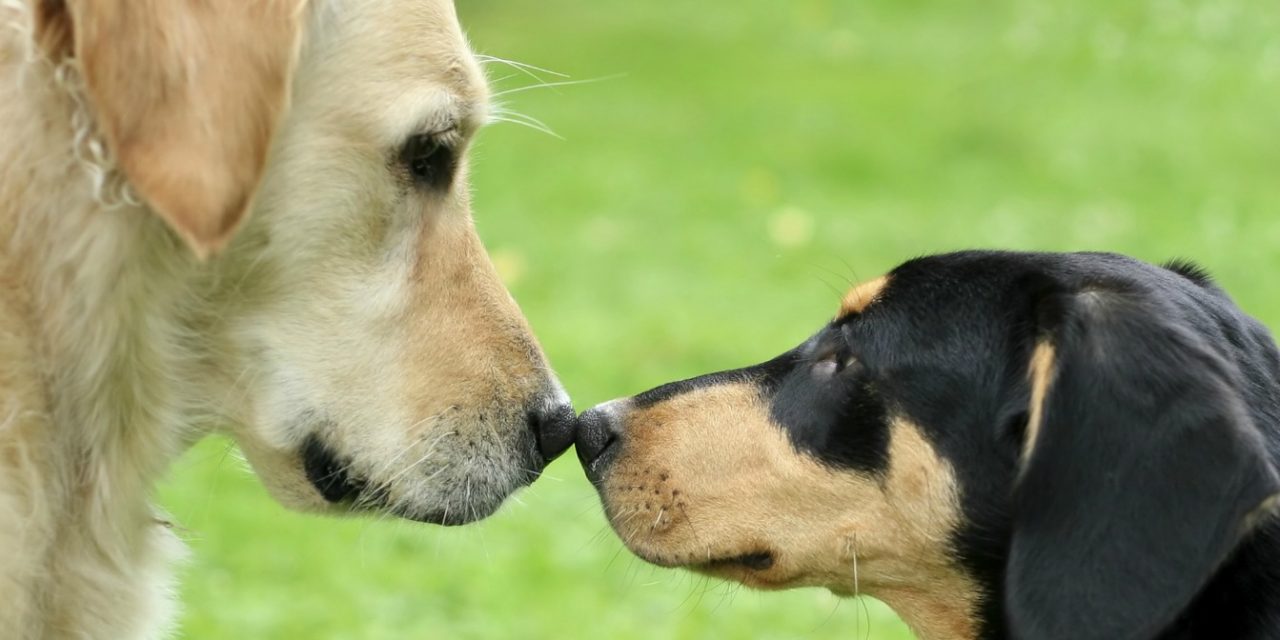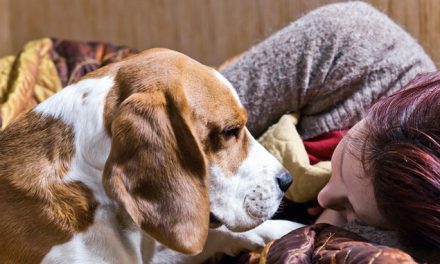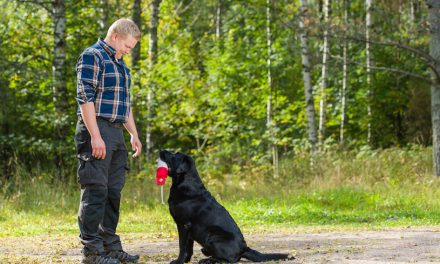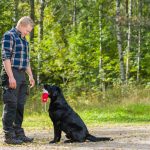They may seem to be bold explorers-sniffing at and mouthing just about anything but all dogs have an instinctive fear of anything unfamiliar to them.
Fear causes stress on the body, which affects long-term health. To help your dog avoid the negative health effects of stress, it is important to socialize her. Socialization is the process of exposing your dog to a wide variety of places, situations, objects, and people. A well-socialized dog is a confident, healthy dog that you can take anywhere.
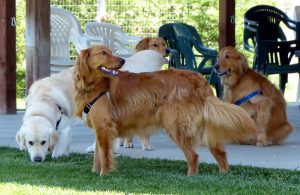 Dog Socialization
Dog Socialization
The things that startle their dogs often surprise owners. Hats, balloons, garden statues, and other mundane things that seem to pose no threat. To your dog, however, it is an unknown. If you are a subdued person, your dog might show fear around a bubbly extrovert. Basically, any situation or object your dog is not accustomed to can create fear and stress in her. It is best if the socialization process begins when the dog is a puppy. This is a key learning time for dogs, so they become socialized more quickly. However, even older dogs that were not socialized as puppies can reach that confident, relaxed state. Socializing a dog that is more than one year old may take a little longer, but the results are rewarding.
Socializing a dog is a very simple process: take the dog to as many different places as you can. Your dog will pick up on your body language and follow your lead, so it is important for you to act confident and relaxed, especially when your dog hesitates. While you are walking about, stop every so often to pet your dog and talk to her in a happy voice. Naturally, feeding her a treat or two will give her a positive association with the environment.
Dog Socialization – Timid Dogs
At some point during socialization, your dog will plant her feet and refuse to budge or try to hide behind you to avoid a stranger. How you react in this situation sends an important message to your dog. If you pick her up or talk soothingly while you pet her, you are telling your dog that she is right to be frightened. On the other hand, if you ignore her behavior and go about your business—perhaps walking a different direction to distract her-her fear is not rewarded. Since your goal is to give your dog confidence, not traumatize her, never force your dog to accept a person or situation. Respect her feelings, and try again later.
While you are out and about, remember that you are your dog’s guardian. Keep an eye out for excited children running towards your dog. A good way to handle this kind of situation is to stop the kids verbally about 10 feet from your dog. Explain to them that your dog is just getting used to new places and new people. Ask them to approach quietly and one at a time so that your dog learns that children are nothing to be afraid of. Letting the children feed your dog a treat is sure to help her learn to accept these high-energy, enthusiastic strangers.
